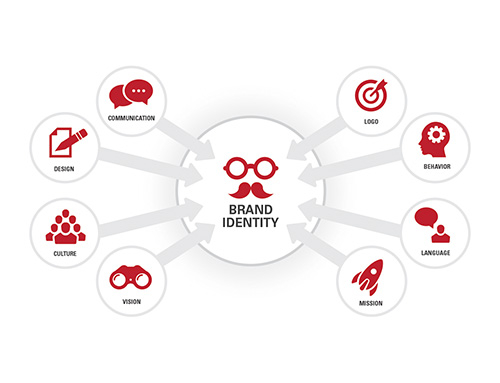
The Account Based Marketing (ABM) market is one of the hottest areas for marketing investments today, but there are many misconceptions about ABM – is it a technology, or a set of technologies? Or is it a new approach to digital marketing that focuses on key account behavior rather than individual engagement? The answer is, of course, that it is both. My definition is that it is a technology-enabled approach to addressing one of the fundamental challenges in B2B marketing – monitoring, influencing, and reporting on the behavior of the many individuals and functional areas involved in B2B purchase decisions.
A recent study showed that there are, on average, 5.4 people involved in B2B purchase decisions – and as the number of individuals increases, the likelihood of a purchase decreases. With only a single individual involved, there is an 81% chance of a purchase decision, but that drops to 31% once 6 or more individuals get involved (Harvard Business Review, 2015). An IT purchase, for example, might involve the CIO but also representatives from marketing, operations, finance, legal, procurement, and many other functional areas, all of which may have an effective “veto” over the technology buy. These buying teams have a diverse set of priorities, and winning them over requires knowledge of the players as well as a strategy for addressing their unique priorities.
One of the early ABM pioneers was Demandbase, but there are more than a dozen vendors competing squarely in the ABM space, as well as many more offering ABM functionality within their marketing automation, CRM, or sales enablement tools. Engagio and the unfortunately-named Terminus are two of the other major ABM platforms, and Marketo is a great example of a marketing automation platform that has added ABM functionality into its base product. Unlike the software vendors in the more-mature marketing automation space, ABM vendors generally focus on one or two specific functions, and only recently have begun introducing software suites that provide a more-comprehensive ABM solution.
I was an early adopter of ABM technology at a prior company, implementing three Demandbase modules that served up unique versions of our website to different vertical markets based on visitor IP address (utilizing the dynamic content functionality of our website CMS), automatically filling website inquiry forms with standardized company information, and providing analytics that allowed us to view online engagement across key accounts or specific market segments with precision. While the ABM technology would have allowed us to, for example, serve up unique versions of our website to each key account, that would have crossed the line from “relevant” to “creepy” (and frankly, required much more work for very little marginal return).
ABM technology generally breaks down into three distinct areas – to target, engage, and analyze decision-makers at target accounts — and I’ve tried to provide some examples of functionality in each area, although this list is by no means exhaustive:
- Targeting Decision Makers
- Lead-to-account matching identifies website and online campaign engagement from individuals and attaches them to the correct company account
- Account planning supports the creation of annual plans for key accounts with the specific activities and support needed to achieve growth goals
- Relationship mapping allows the new business development team to see target organization’s structure, internal and external stakeholders, and corporate relationships
- Engaging at the Account Level
- Coordinated communications makes sure that everyone on the business development team is in sync with outbound communications to the target account
- Website personalization provides highly relevant online experiences to targeted accounts as well as real-time alerts when decision-makers are engaged on the site
- Targeted advertising provides the ability to precisely target marketing messages to the companies, job functions, titles, or even individuals that matter most
- Analyzing the ABM Impact
- Analytics measure awareness and engagement across the entire set of account decision-makers
- Whitespace analysis provides a visual representation of the existing business within key accounts as well as the opportunities available to expand that relationship
- Attribution reporting provides account-level metrics on awareness and engagement to show the full return on investment of your ABM programs
The Quell Group provides a complete set of digital marketing services, including assisting with the selection, implementation and advancement of technologies that address your company’s unique marketing challenges. To discuss how to achieve your growth goals through smart application of marketing technologies, contact The Quell Group.





